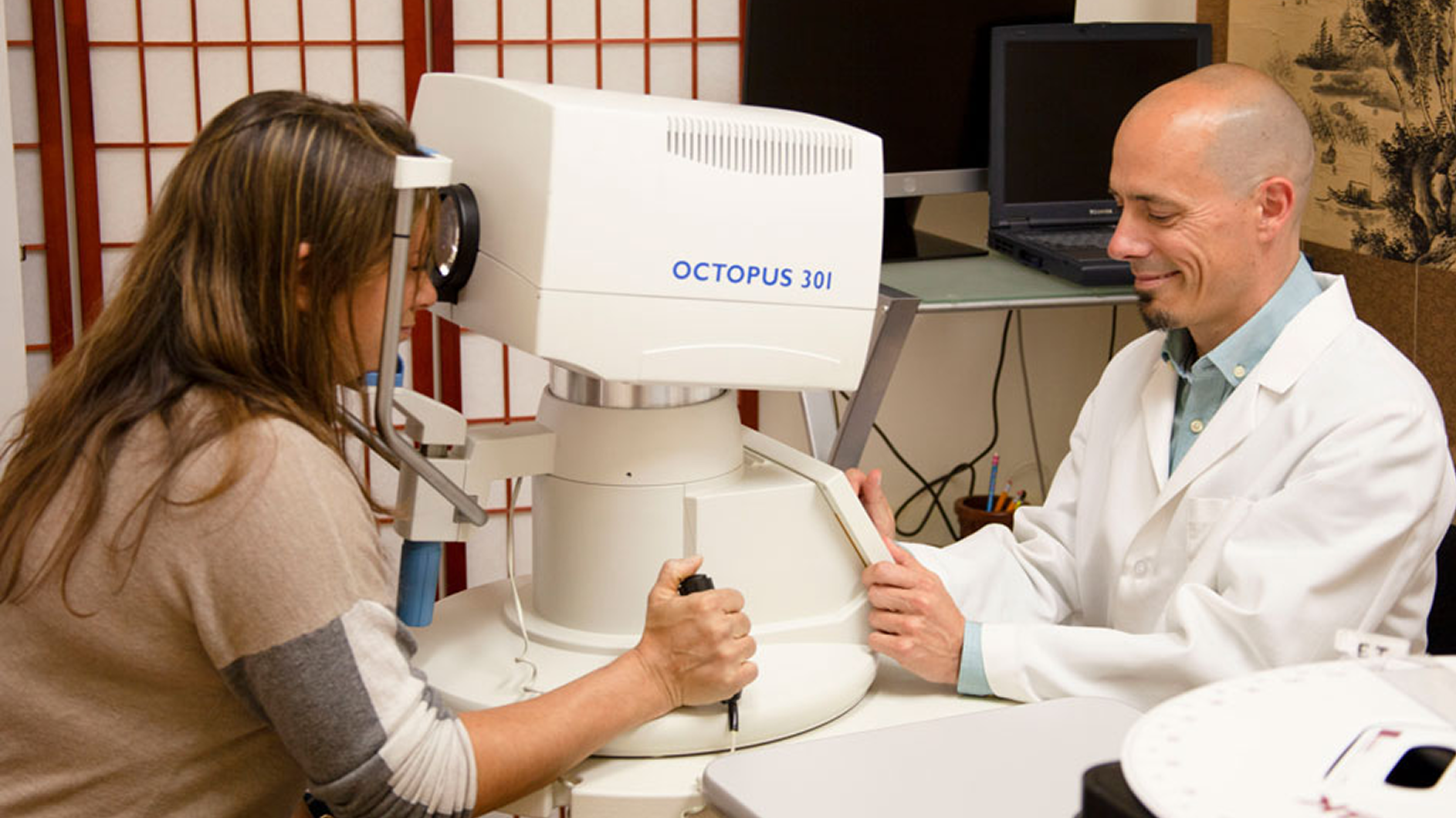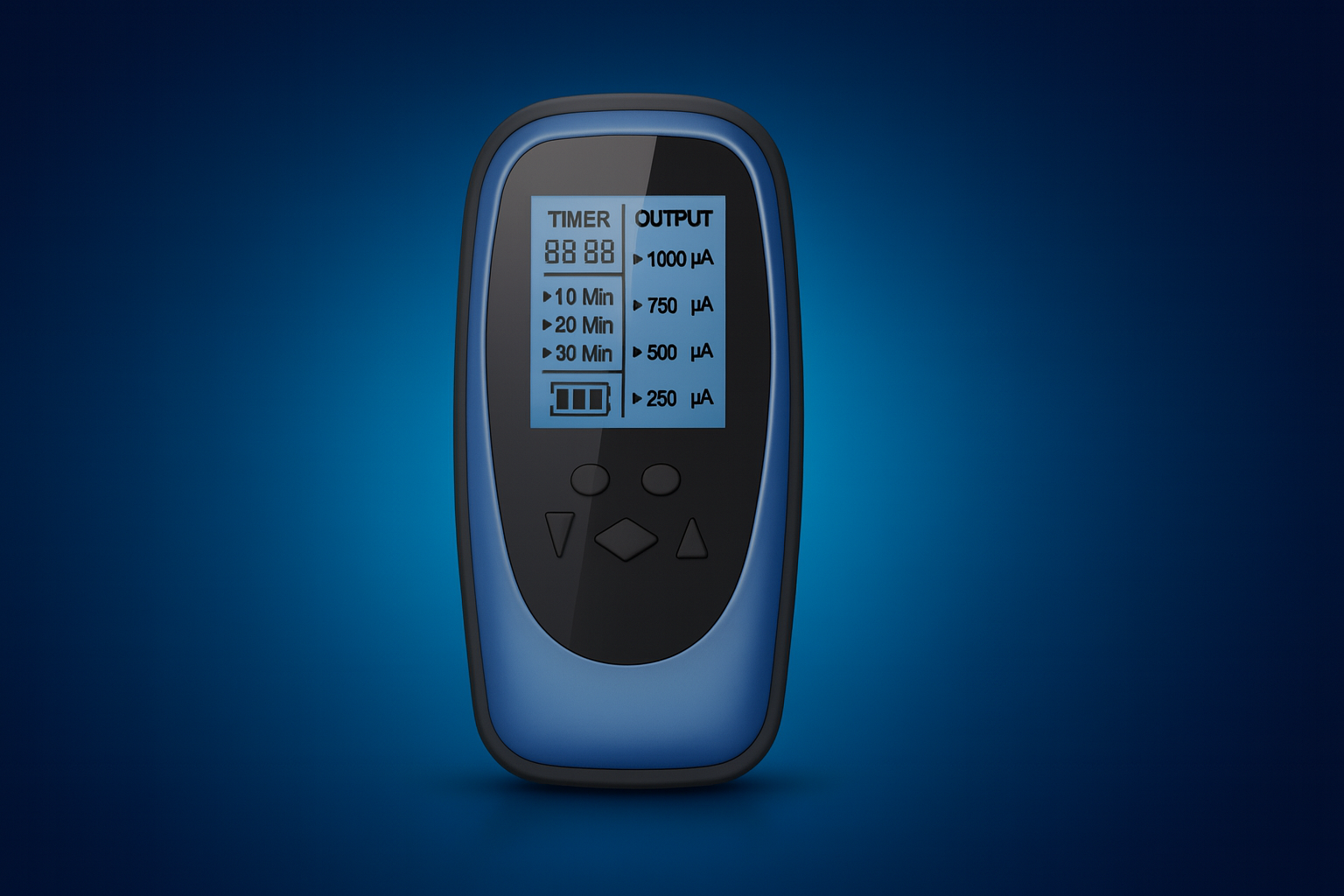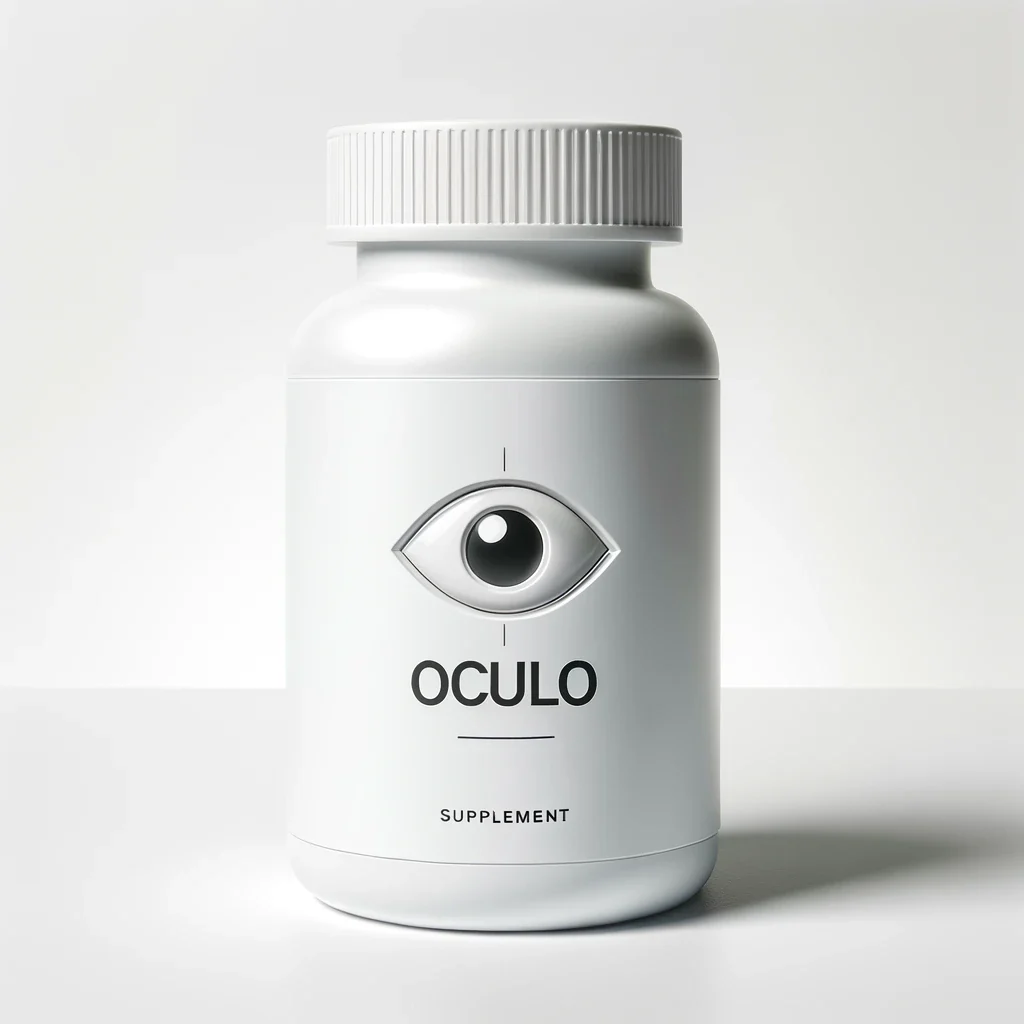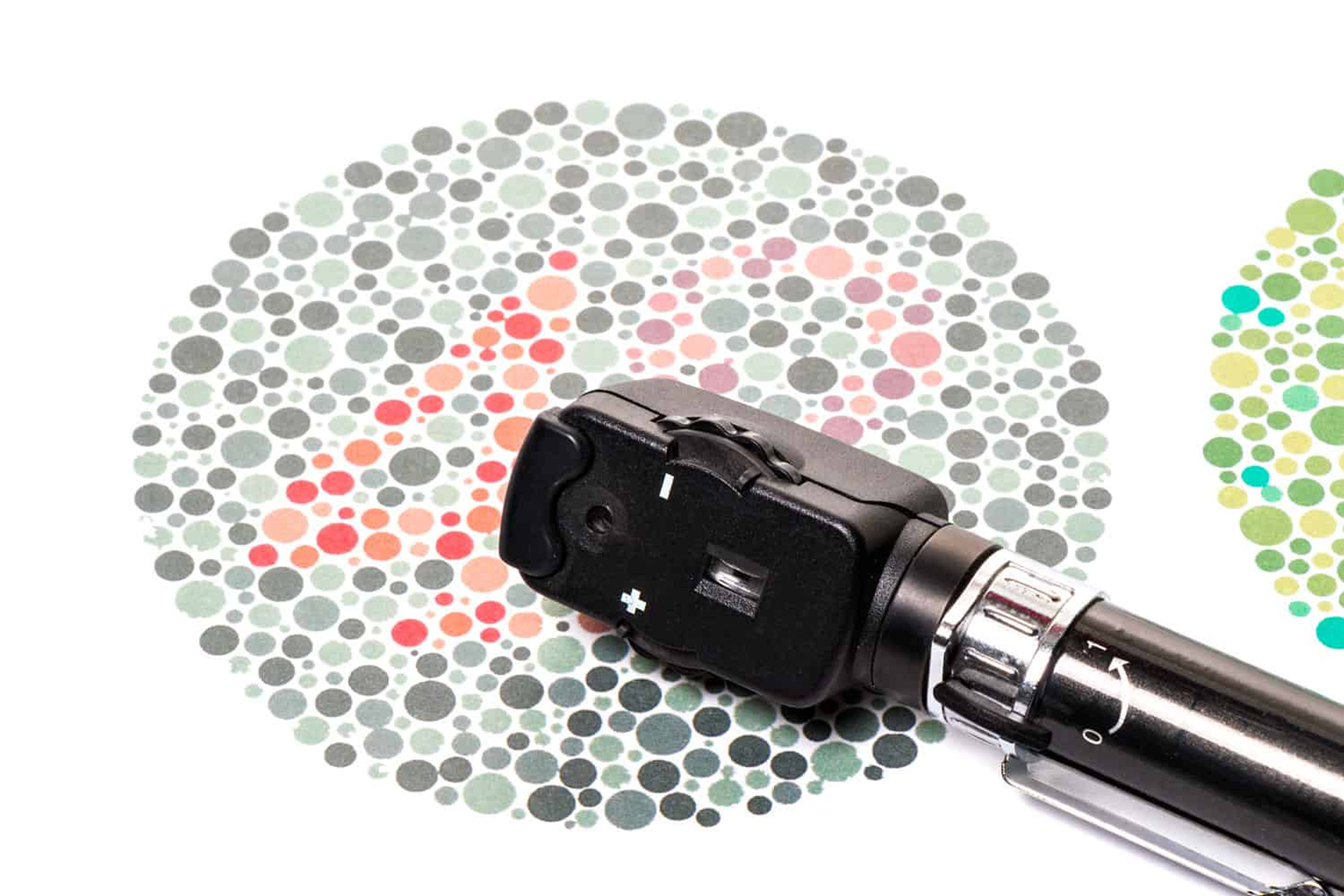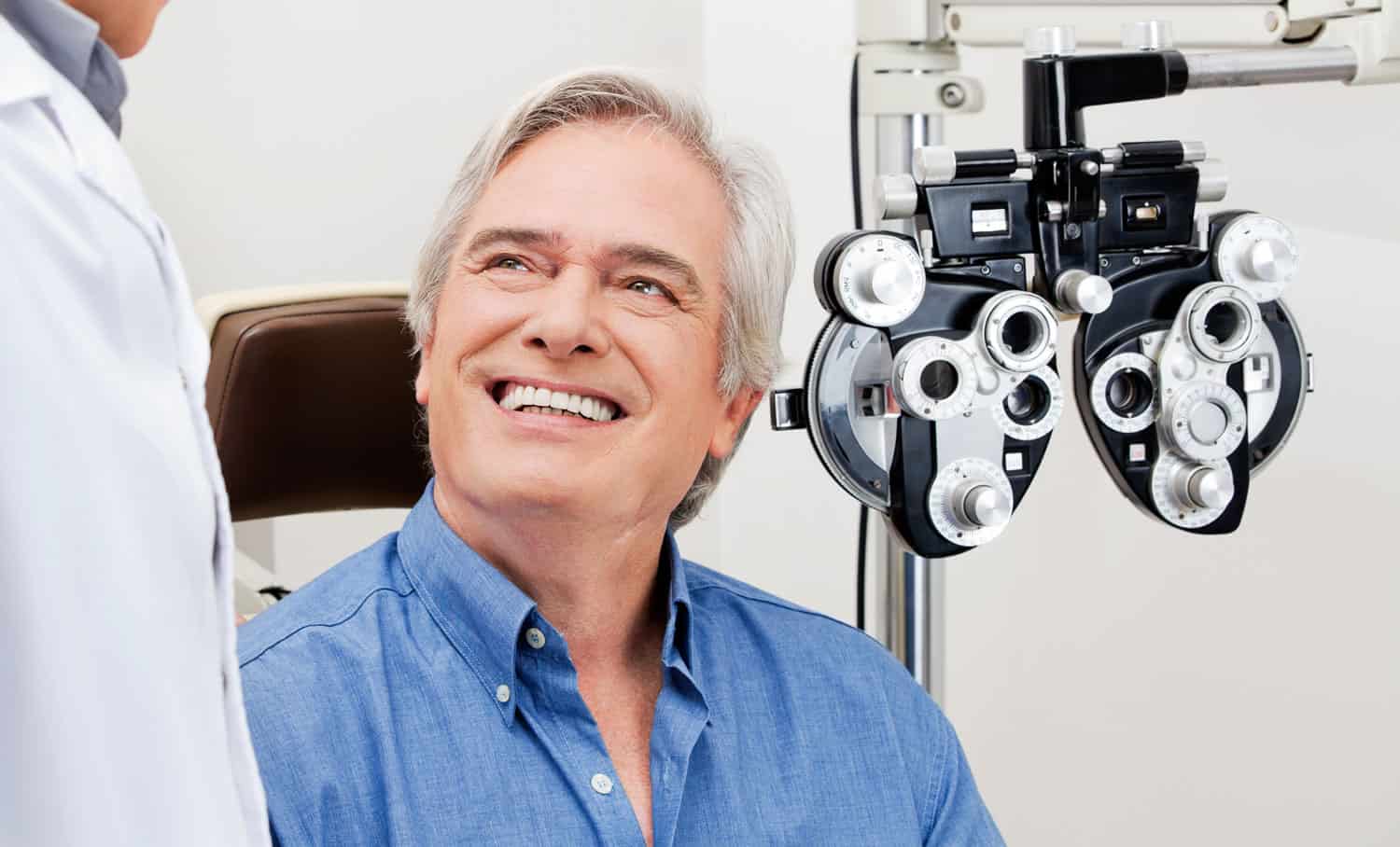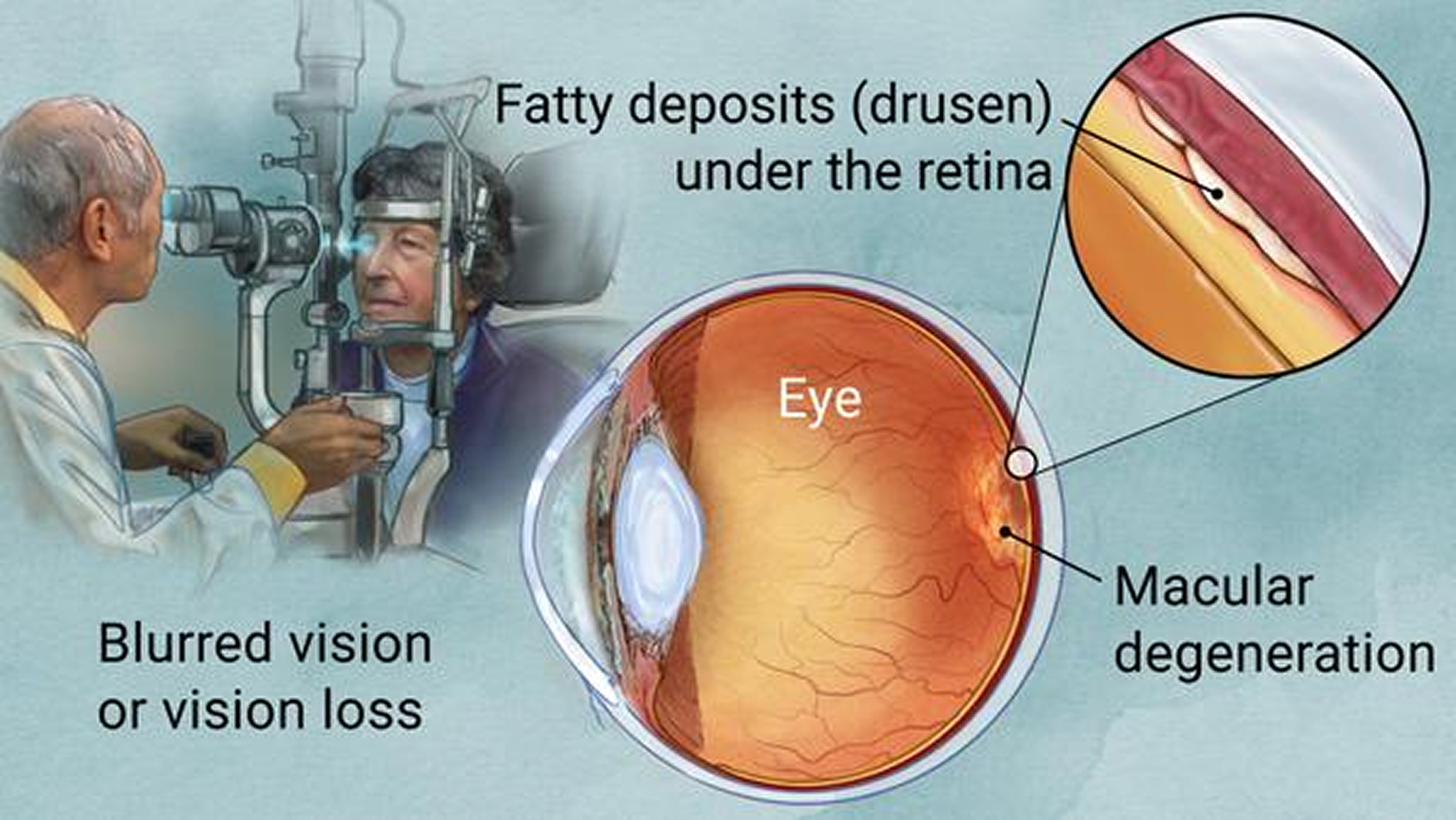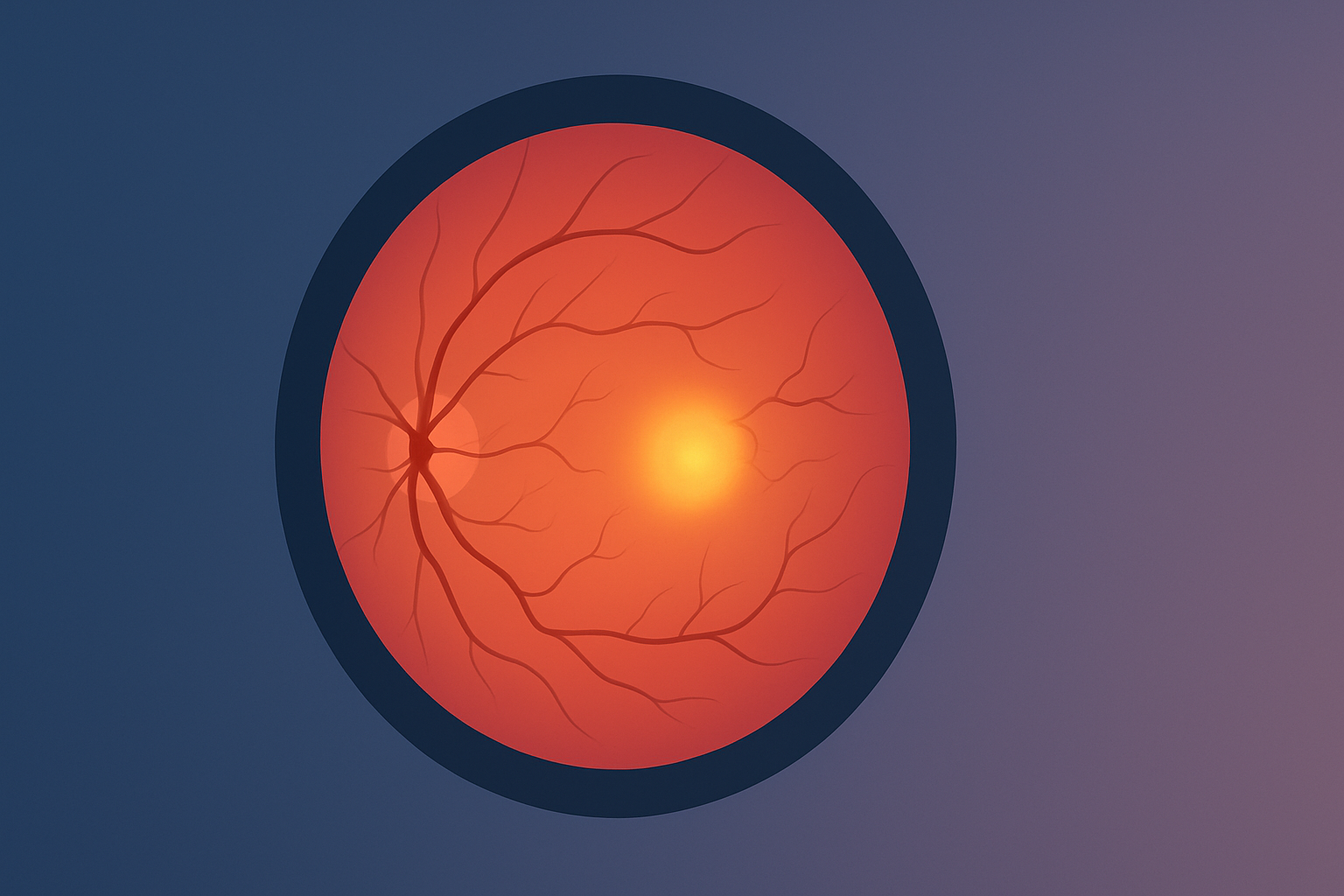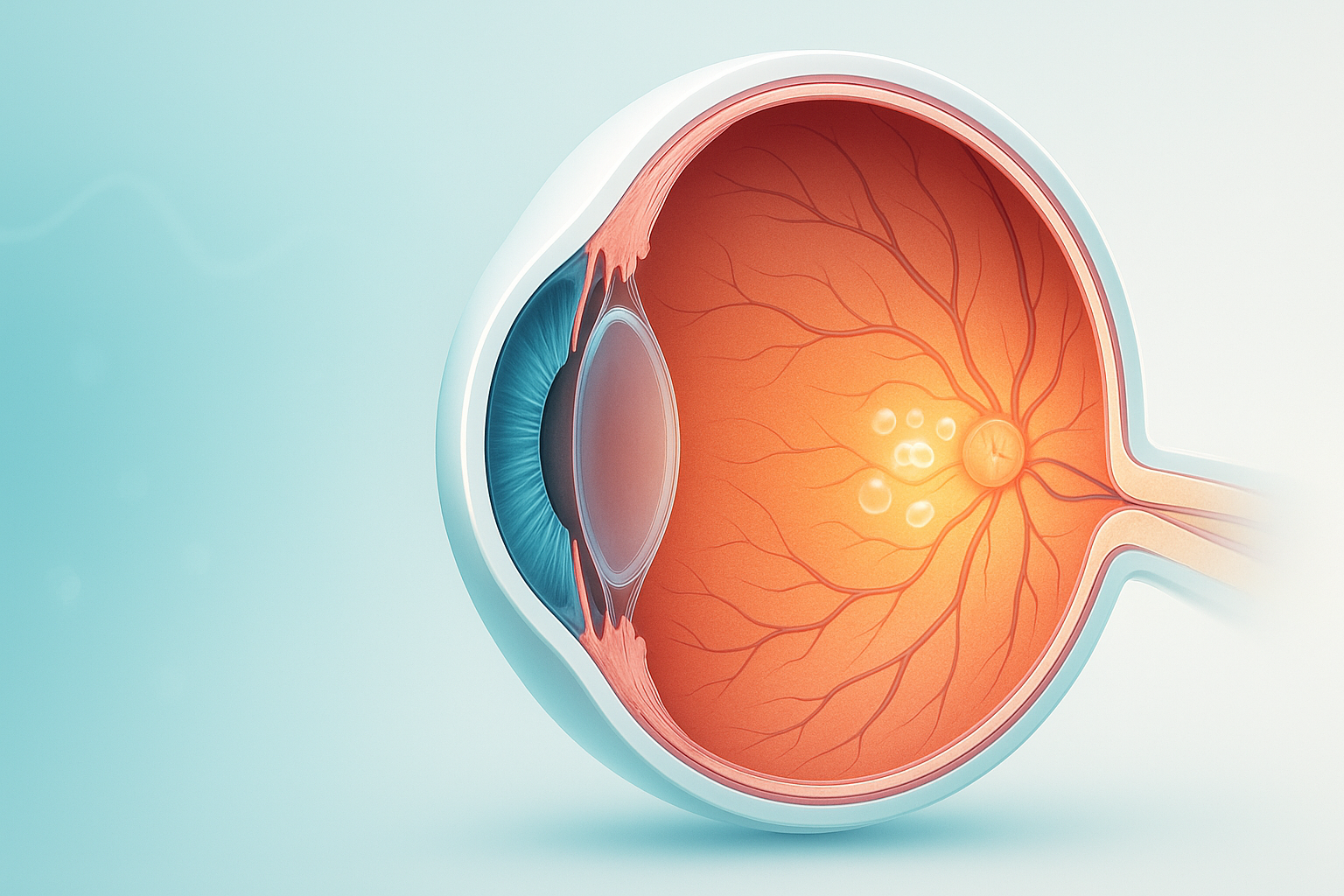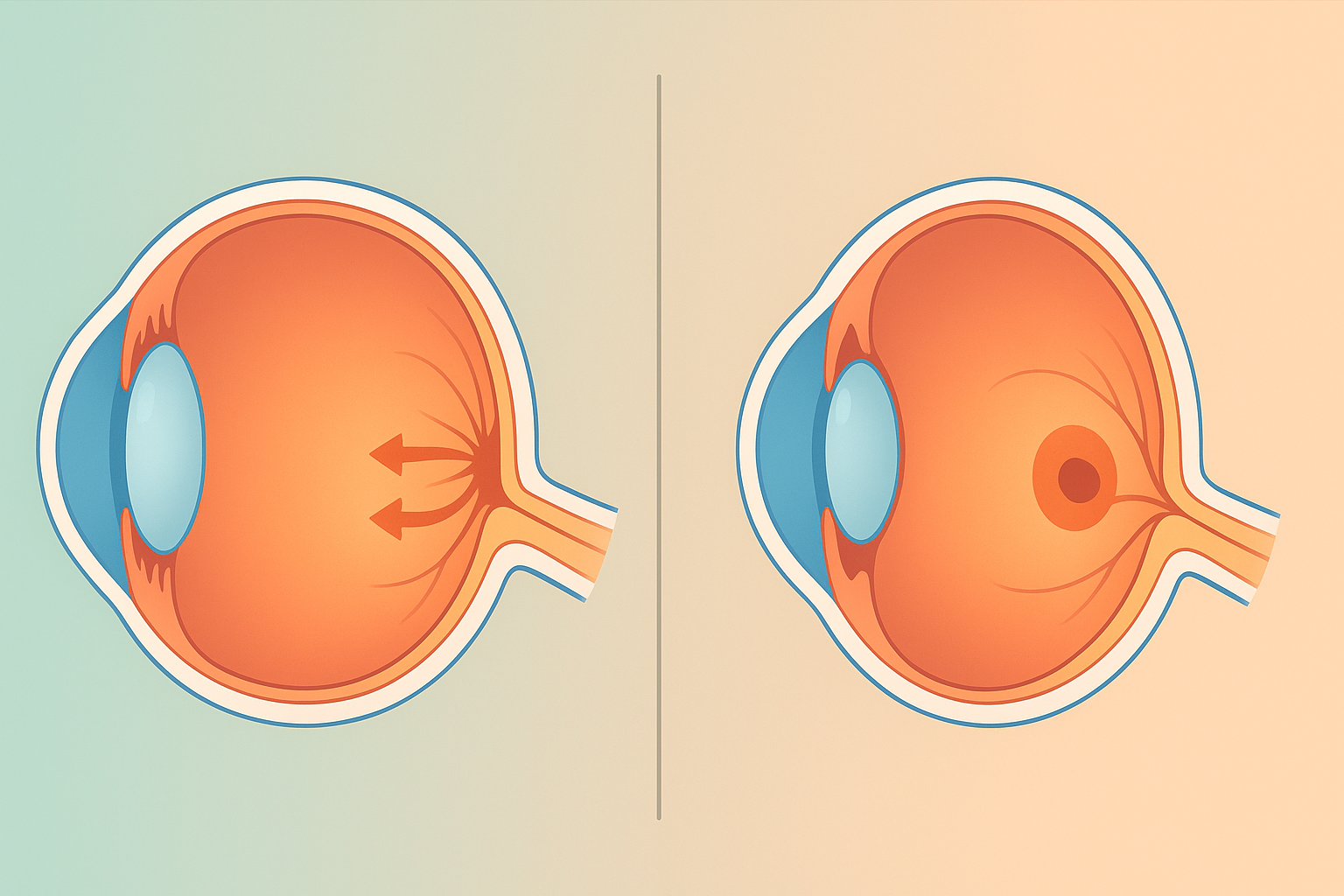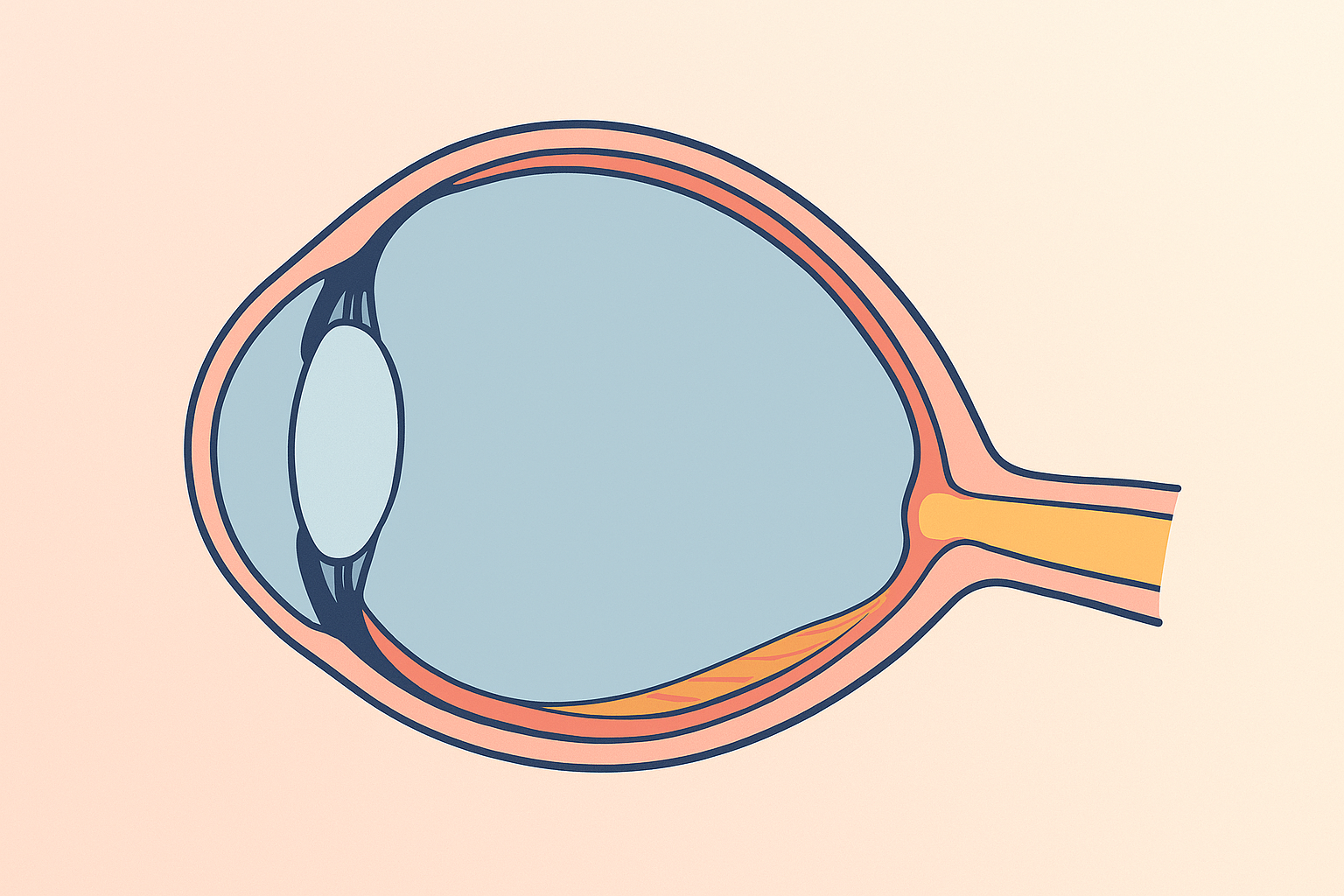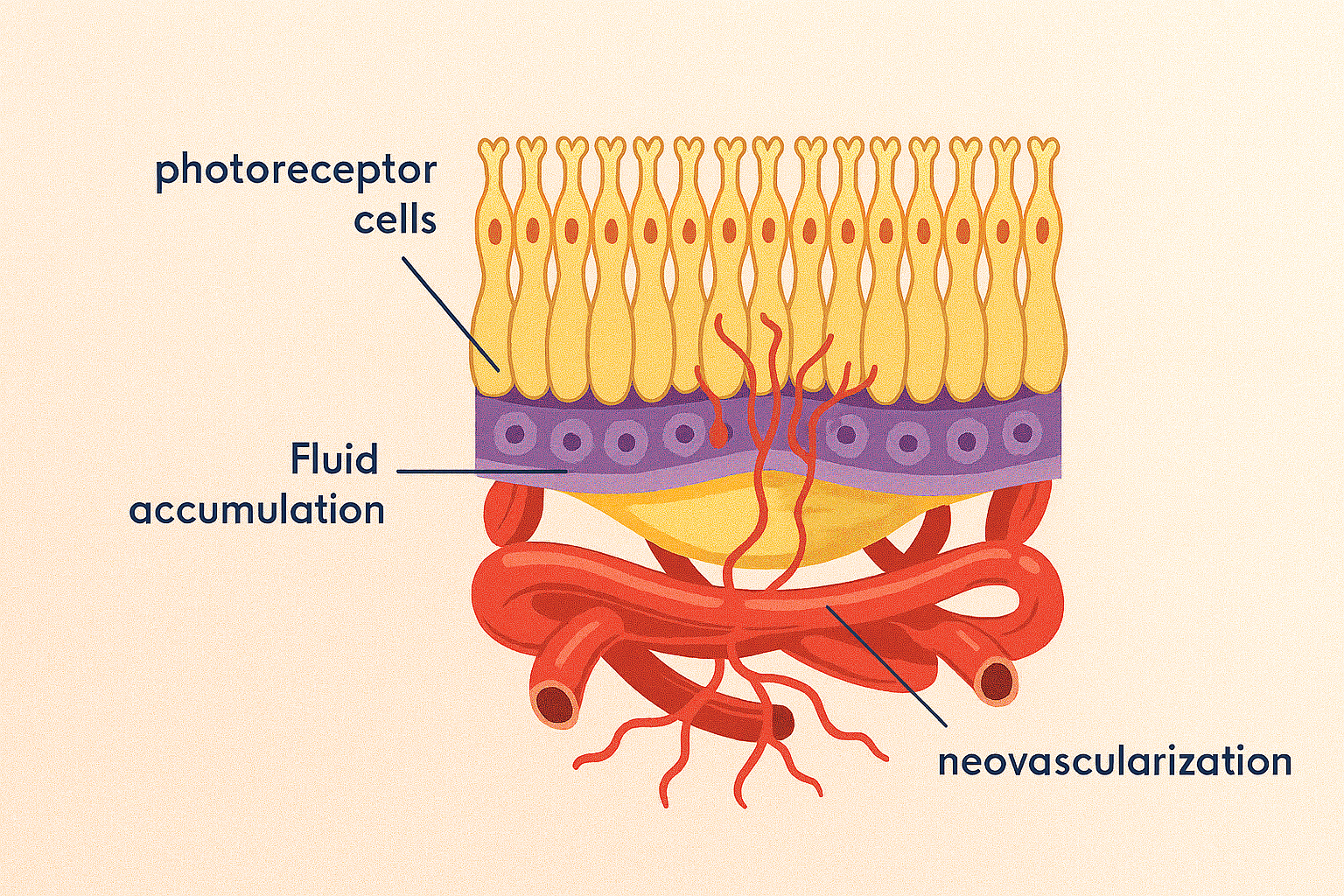Eye Condition
Pattern Dystrophy
Pattern dystrophy is an inherited retinal disorder in which pigment collects in distinctive macular patterns, slowly causing central vision to blur.
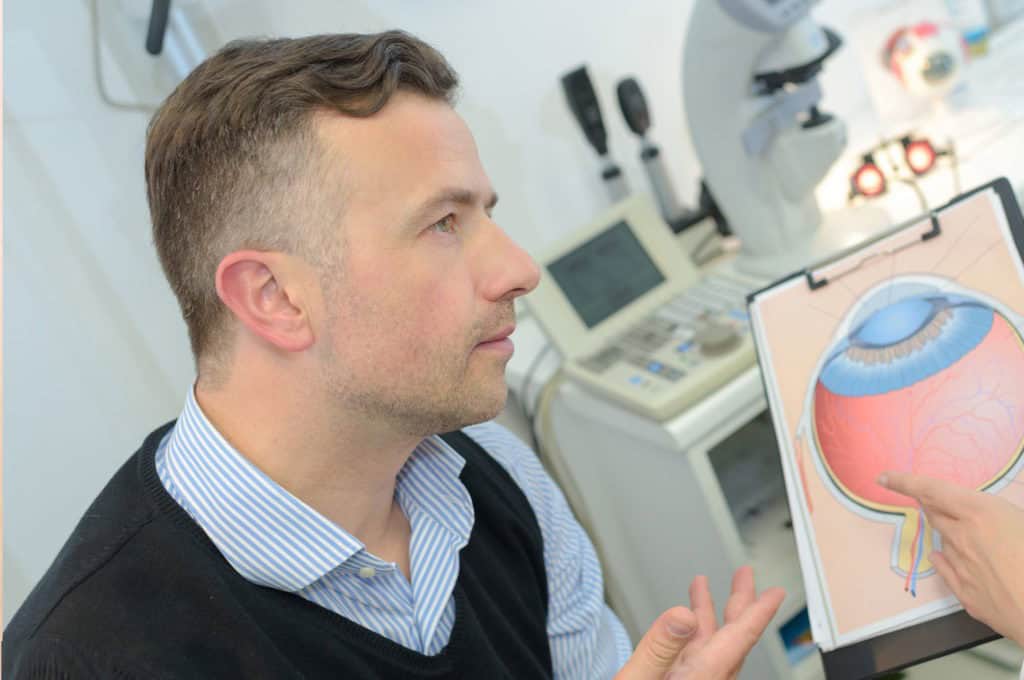
Explore our treatment options for Pattern Dystrophy
What is Pattern Dystrophy?
Pattern dystrophy is a group of rare inherited retinal disorders that affect the pigment epithelium, the layer of cells that nourishes the retina. This condition leads to the formation of abnormal patterns on the retina, which can impact vision over time. While generally less severe than other retinal dystrophies, pattern dystrophy can still cause significant visual impairment.
Symptoms of Pattern Dystrophy
- Blurred Vision: Gradual blurring of central vision.
- Distorted Vision: Straight lines may appear wavy or curved.
- Difficulty Reading: Challenges with tasks requiring sharp vision.
- Mild Color Vision Deficiency: Problems distinguishing certain colors.
- Slow Progression: Symptoms typically worsen slowly over many years.
Causes and Risk Factors
Pattern dystrophy is caused by genetic mutations and is often inherited in an autosomal dominant pattern, meaning a single copy of the altered gene in each cell is sufficient to cause the disorder. Risk factors include:
- Family History: Having a parent or close relative with the condition.
- Genetic Mutations: Specific genetic changes can lead to different forms of pattern dystrophy.
Diagnosis
Accurate diagnosis of pattern dystrophy is essential for managing the condition effectively. Our clinic provides comprehensive diagnostic services, including:
- Ophthalmic Examination: Detailed eye examination using advanced imaging techniques.
- Fundus Photography: High-resolution images of the retina to identify characteristic patterns.
- Optical Coherence Tomography (OCT): Imaging to assess the structure of the retina.
- Electroretinography (ERG): Measures the electrical response of the retina to light.
- Genetic Testing: Identifies specific genetic mutations associated with pattern dystrophy.

